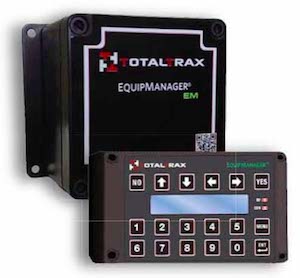The forklift job tracking is an additional component of the forklift monitoring system that enhances operations by enabling efficient inventory monitoring and identifying areas for improvement.
It also leads to increased productivity with improved labour management insights. By establishing better connections between companies and activities, users can coordinate more effectively with suppliers and buyers, giving them a competitive advantage.
Enhance job tracking, calculate job duration, travel time, and travel with the load to analyse the labour costs associated with each job. Understanding the resource utilisation and total cost of a job improves resource scaling and scheduling and reduces waste.
Improve warehouse operations by:
- Calculating job duration, travel time, and travel with load, providing insight into labour costs associated with each job
- Improving ROI with the understanding of resource utilisation and the total cost of a job
- Allowing for better resource scaling and reduction in waste
- Provides better scheduling to flatten peak demand on resources
Improve Planning, Scheduling, and Estimating
Customise the system to improve workflows. Analyse the steps and direct the data accordingly to perform the activity. Leverage the links between activities, internally and externally. Building new connections between activities and companies can coordinate actions better with their buyers and suppliers.
Improve important workflows by:
- Customising the value chain to serve the best particular product varieties, buyers, or geographic regions
- Analysing the steps required to capture, manipulate, and channel the data necessary to perform an activity
- Improving on the ability to leverage links between activities, inside and outside the company
- Creating new links between activities and companies that can coordinate actions more closely with those of their buyers and suppliers
Improve Insights into Past vs Current Jobs
Identify the technologically and economically specific activities and how it benefits the business. Also, identify opportunities for savings through coordination with suppliers and distributors.
Positively impact costs by:
- Creating a competitive advantage by giving companies new ways to outperform competitors
- Identifying “value activities”- technologically and economically distinct activities it performs to do business – and providing tools for better planning.
- Identifying opportunities for savings through coordination with suppliers and channels that go far beyond
- Logistics and order processing
- Employing a broad vertical scope to leverage the potential benefits of performing more activities internally


